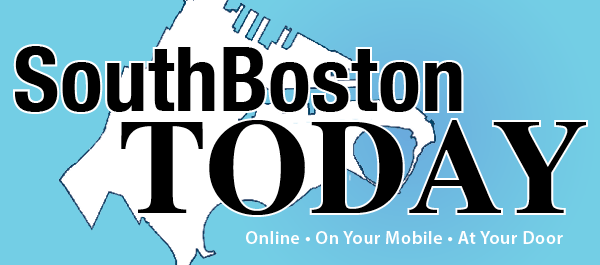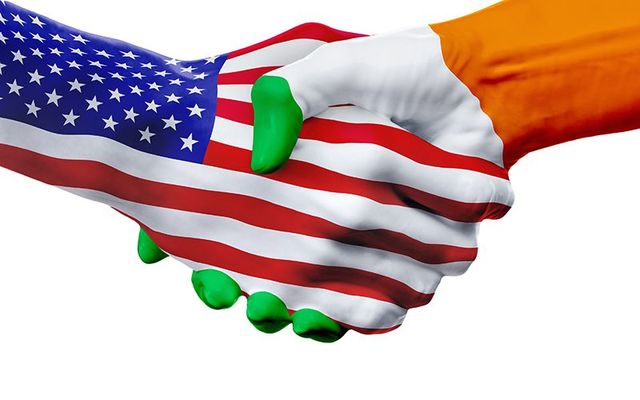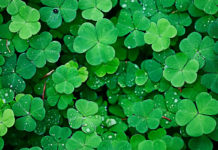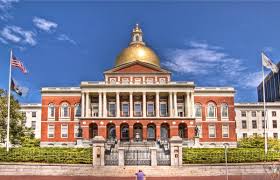Leprechauns weren’t always wee green men; St. Patrick’s Day 2021 falls on Wednesday, March 17;Though the pandemic will surely affect how the Irish holiday is celebrated, St. Patrick’s Day is historically observed through a number of traditions; These include preparing food like corned beef and cabbage, musical gatherings called “céilí,” and decorating with symbols like shamrocks and leprechauns.
The first Saint Patrick’s Day parade in America was held in Boston MA in 1737. Few holidays have transformed quite like St. Patrick’s Day. It began in Ireland as a way to honor the country’s patron saint, but through both immigration and secularization, it has now become a worldwide day to pay tribute to all things Irish. The date, March 17, is one of the few constants over the years.
According to History.com, St. Patrick’s Day has been celebrated in Ireland for more than a millennium. It was a time to cut loose during the Catholic Lent season, and as such it quickly became synonymous with Irish food and drink. When immigrants from Ireland moved to the U.S. (and other places), they brought the tradition of St. Patrick’s Day with them, and it morphed and modernized into what it’s become now.
The shamrock is a St. Patrick’s Day symbol that dates to the 1700s.
Per History.com, the shamrock has long been a piece of Irish iconography because it symbolizes “the rebirth of spring.” According to Time, shamrocks are a trefoil plant, and were worn by poorer Irish citizens to church ceremonies on St. Patrick’s Day, in order to look nice. Irish immigrants who moved to America in the 1700s brought the symbol and image of the shamrock stateside as a way of paying tribute to their heritage. It has a deeper significance as it relates to St. Patrick’s Day, too, since St. Patrick himself is said to have used the shamrock’s three leaves to explain the Christian concept of the holy trinity.
Religious services are common to honor Ireland’s patron saint, Patrick.
Though Ireland is growing more diverse over time, the country’s predominant religion remains Catholicism. St. Patrick’s Day has strong Christian roots, per History.com, that date the holiday back more than 1,000 years. St. Patrick himself lived in the fifth century, beginning life as a slave, and ultimately serving as Ireland’s patron saint. It is said he was instrumental in bringing Christianity to his adopted homeland of Ireland, where he reportedly constructed schools and churches.
Irish food like corned beef, cabbage, and soda bread are plentiful.
One of the signature St. Patrick’s Day dishes is corned beef and cabbage, a staple of any good holiday feast. Many Irish immigrants in the U.S. got their meat from kosher butchers—who were often their neighbors in densely populated urban areas—and so it’s more accurately described as “Jewish corned beef thrown into a pot with cabbage and potatoes.” Smithsonian reports that in Ireland, the more traditional St. Patrick’s Day dish is often lamb or bacon. Irish soda bread is another food with surprising origins. It was apparently pioneered by Indigenous Americans, who used pearl ash in lieu of yeast, but became popular in Ireland in the mid-1800s.
And many meals are washed down with a cold pint.
Guinness told USA Today that roughly 3 million pints of it are drunk on the holiday, up from 600,000 on a normal day. Though beer is quite popular, there are many other beverage options, including cocktails using whiskey and Bailey’s, as well as non-alcoholic choices like Shamrock Shakes.
The leprechaun functions as the day’s mythical mascot.
According to CBS News, leprechauns originally were clad in red, not their now-signature green. In the 1900s, green became the de facto color associated with Irish culture, and eventually spread to leprechauns. Part of the hue change is also attributed to “The Leprechaun,” a popular poem by William Allingham in which the titular character wears green. Leprechauns are often depicted with a pot of gold, which humans can only find by catching one of them. It’s why making the aforementioned leprechaun traps is a popular pastime for young children on March 17. But don’t feel bad if your St. Patrick’s Day celebration is light on leprechauns–they have their own unofficial holiday on May 13.
Irish music, both modern and of the traditional folk variety, is often played live.
A “céilí” is an Irish social gathering usually centered around dancing to traditional Irish music. Ireland has its share of musical instruments that get the chance to shine during St. Patrick’s Day performances. These include the bodhrán, a special drum, the Celtic harp, the fiddle, and uilleann pipes. More modern pop music from the Irish diaspora is typically played during secular St. Patrick’s Day celebrations in many cities. This often includes the work of influential acts like the folk group The Dubliners, superstar rock band U2, and influential punk act The Pogues. And if you’re anywhere in the northeast you can bet you’ll hear “I’m Shipping Up to Boston” by Dropkick Murphy’s.
Parades are the best way to celebrate the diffusion of Irish people and culture across the world, especially in Japan.
According to Time, the first American St. Patrick’s Day parade happened all the way back in 1737 in Boston. Annual parades have been a staple since then, with major ones happening in cities like New York and Chicago. Another hotspot is Japan, where the I Love Ireland Festival and Tokyo’s St. Patrick’s Day parade have drawn as many as 180,000 attendees. According to Irish Central, there are strong cultural ties between Japan and Ireland due to their shared history as “insular island cultures,” and the flourishing of Irish music and dance in Japan.
No matter where you are or who you are…no matter whom you think you’d rather be…the Irish welcome you into their cultural family on March 17th. You are welcome because you have a ‘soul’ that is worth celebrating no matter your race, religion, color, national origin, sex, sexual orientation, age, or disability.










